
How to prune and care for clematis?
for abundant flowering
Contents
Clematis are climbing plants that offer a generous flowering, usually in spring or summer. They bring a lot of colour to the garden! They climb on arbors, against the walls of houses, or even in trees, and can sometimes adapt to pot cultivation. Quite demanding, they need sunlight but require their base to be in shade. They appreciate rich, cool, and well-drained soils. Some varieties need to be pruned to maintain a compact habit and ensure abundant flowering.
Climbing clematis: when and how to prune it according to its type?
Pruning a climbing clematis allows you to achieve a more compact habit and promote flowering. This way, you will avoid having a bare plant with just a few flowers hanging on the ends of long stems. Before intervening, disinfect your pruning shear to avoid transmitting diseases from one clematis to another. Also, dispose of the stems and leaves you cut.
Not all varieties are pruned in the same way. To know when and how to prune your clematis, you first need to determine which group your plant belongs to:
- Spring-flowering clematis, which bloom on the wood of the previous year. This includes Clematis alpina, Clematis macropetala and Clematis montana, as well as evergreen clematis, such as Clematis armandii and Clematis cirrhosa. They bloom very early in the year. If your clematis belongs to this first group, avoid pruning in spring to not compromise flowering. These clematis can easily do without pruning. Otherwise, just perform a light pruning after flowering. Remove dead wood and reduce the length of the stems slightly. This will help achieve a more compact habit and a harmonious shape. These clematis can also do without pruning.
- Clematis with early flowering and large flowers. They bloom in spring on the wood of the previous year, then in summer on the wood of the current year. Examples include Clematis ‘Nelly Moser’ and Clematis ‘Doctor Ruppel’. For this second group, intervene at the end of winter, before the resumption of vegetation. Reduce the length of the stems slightly by pruning above the largest buds. Cut the dead stems. You may also perform a second pruning once flowering is finished.
- Clematis with late flowering and large flowers, which bloom in summer on the wood of the current year. Clematis jackmanii, Clematis viticella, Clematis tangutica and Clematis texensis belong to this group. For this category, prune severely at the end of winter (February-March), before the resumption of vegetation. You can cut back every other branch to 30 or 40 centimetres from the ground, cutting just above large buds. Your clematis will respond by producing a large number of new vigorous stems. This way, you will avoid having a bare plant and promote abundant flowering!
Pruning clematis in summary
Prune late-flowering clematis with large flowers around March. Don’t hesitate to cut them back severely! Be careful with early flowering clematis and evergreen varieties: just perform a very light pruning after flowering, around May. Absolutely avoid pruning them between autumn and early spring, as this could compromise flowering! Remove dead or damaged branches.
Is it necessary to cut clematis in autumn?
No, pruning clematis in autumn is not recommended. The ideal pruning period depends on the group to which your clematis belongs (see above), that is, whether it blooms in spring, summer, or autumn. Inappropriate autumn pruning could reduce the flowering of the following year.
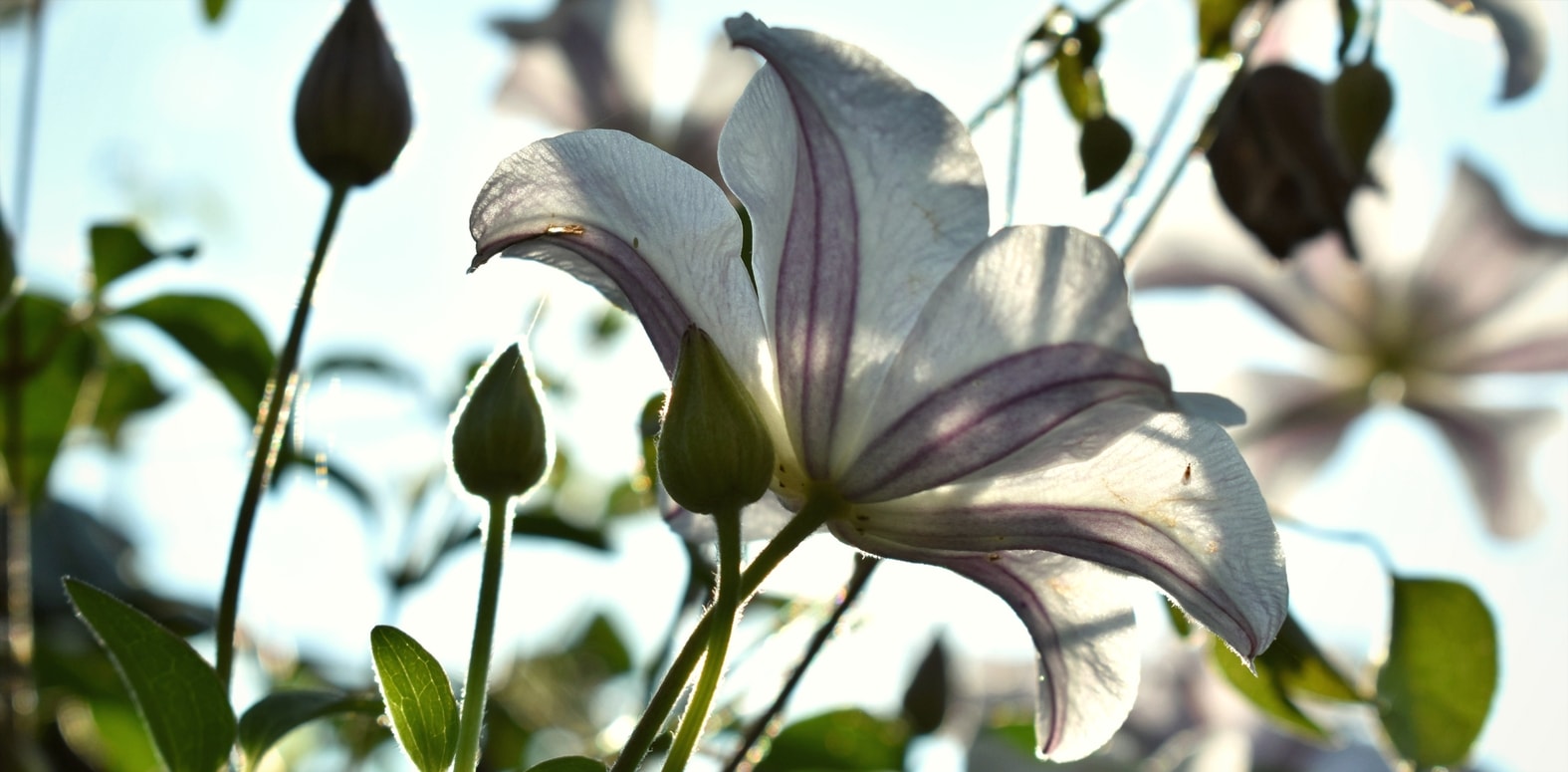
Read also
Clematis: planting, pruning and careSevere pruning of clematis: when and how?
It is entirely possible to carry out a severe pruning on certain climbing clematis, and it is often beneficial to stimulate abundant flowering and keep the plant healthy. The success of this pruning depends on the type of clematis, the timing, and the method used.
Which clematis should be severely pruned?
Severe pruning mainly applies to clematis that flower on the wood of the year. This group includes many varieties with large summer and autumn flowers, such as the famous Clematis Jackmanii, ‘Cardinal Red’, ‘Azure Pearl’, ‘Ville de Lyon’, and Clematis viticella. If you have a clematis that flowers from July to September, it likely belongs to this group and will benefit from severe pruning.
Clematis that bloom in spring on old wood (such as Clematis montana, Clematis alpina, Clematis macropetala) should not be severely pruned, as this would remove the flowers for the year. Clematis from group 2 (two-time flowering, on old and new wood) require more moderate and balanced pruning.
When to prune severely?
Severe pruning of group 3 clematis should be carried out at the end of winter or very early spring, before the new growth begins actively, usually between February and March. It is crucial to avoid periods of severe frost.
How to prune severely?
Severe pruning, also known as radical pruning or cutting back, involves:
- Cutting all the stems from the previous year to about 20 to 50 centimetres above the ground. Make sure to cut just above a pair of healthy and vigorous buds.
- Removing all dead, weak, damaged, or tangled stems down to the ground.
- This pruning encourages the plant to produce new robust shoots from the base, allowing for denser flowering distributed throughout the height of the plant, rather than being concentrated only at the top. After pruning, adding compost or a special rose fertiliser can help the plant to restart well.
Discover other Clematis
View all →Available in 0 sizes
Available in 0 sizes
Available in 1 sizes
Available in 1 sizes
Available in 1 sizes
Available in 1 sizes
Available in 1 sizes
Available in 1 sizes
Available in 1 sizes
Available in 1 sizes
Caring for clematis: the right daily practices
Apart from pruning, clematis require very little maintenance:
- Add a little compost in spring.
- Regularly remove wilted flowers.
- Water your clematis only in mid-summer during dry spells. At other times, they can do without watering. Avoid wetting the foliage, and direct the spray towards the soil rather than the base of the clematis.
- Mulch the base of the plant to keep the soil cool or install a chestnut protective tile.
Clematis are susceptible to the fungal disease Ascochyta clematidina, which can devastate a plant in no time! This disease is known as “clematis wilting” and it is very brutal. The decline occurs suddenly, even when the plant appears to be in good health. A sudden decline is observed: the stems and leaves suddenly start to dry out for no apparent reason. Clematis can also be attacked by powdery mildew, characterised by a white fluff on the stems and leaves. This is why it is important to avoid excess moisture, which would encourage the onset of these diseases. Hybrid varieties with large flowers are more fragile than others. For more information, feel free to check our advice on clematis diseases.
Slugs and snails sometimes nibble on young clematis shoots. And aphids can pierce the leaves, causing them to deform.
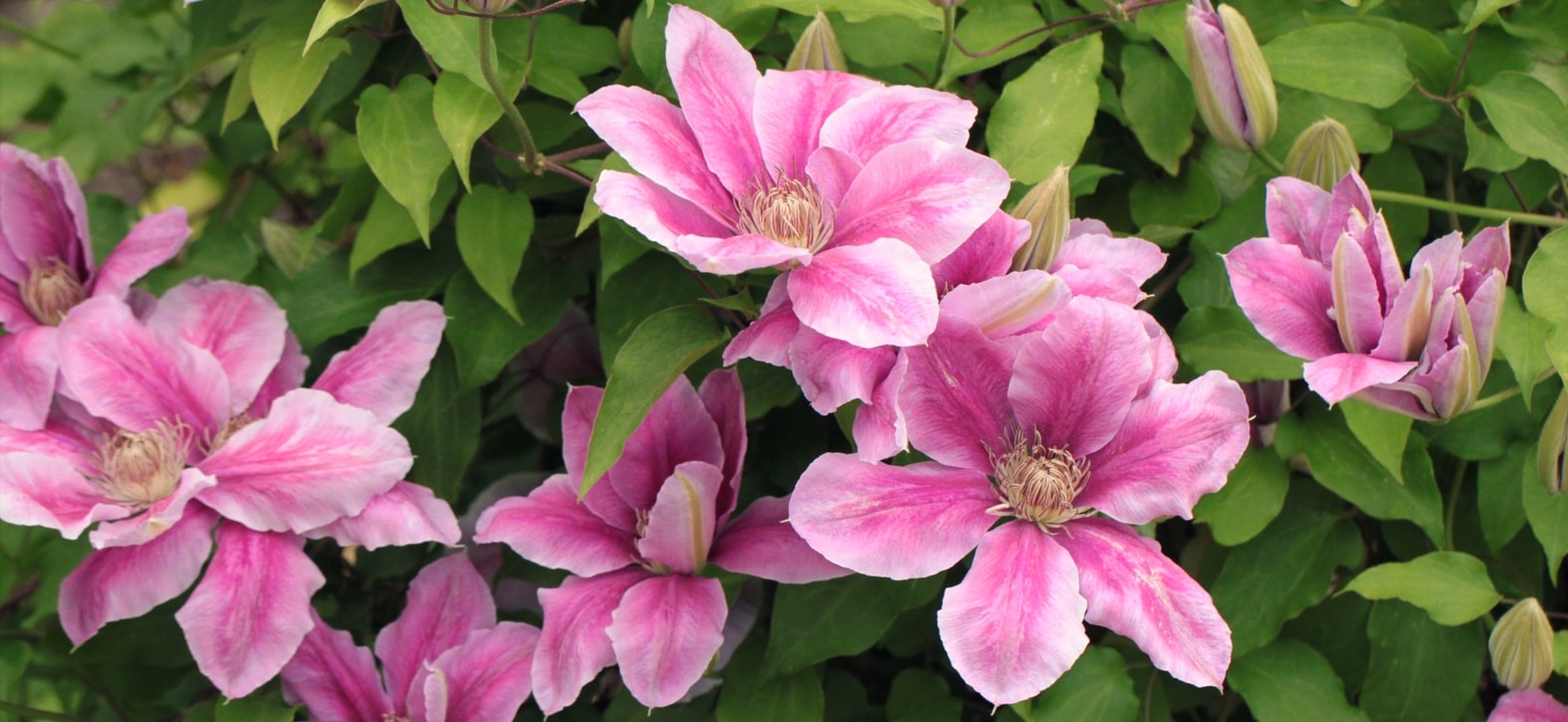
- Subscribe!
- Contents































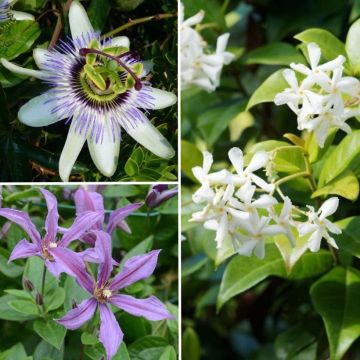

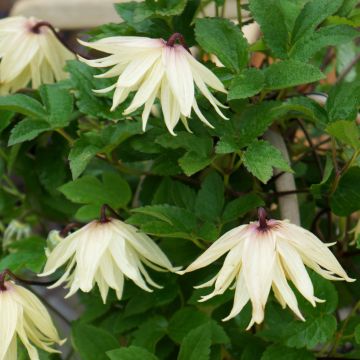
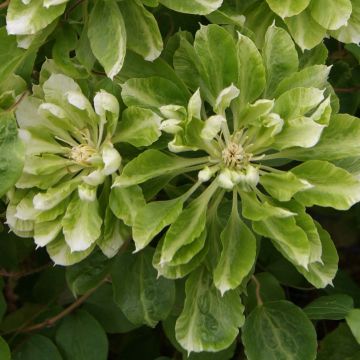
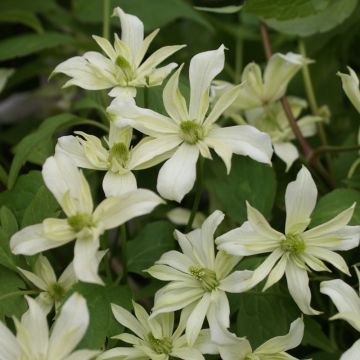
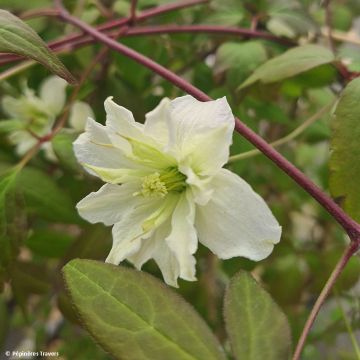
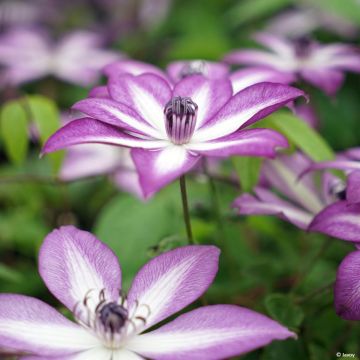
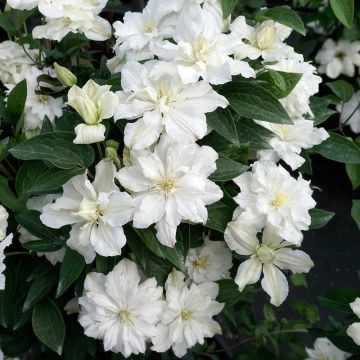
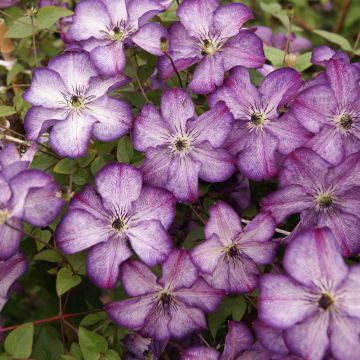
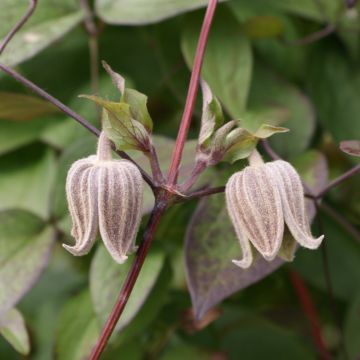
Comments